Portraits often depict very powerful people — those who have a lot of control of the world around them. Yet they are still art. What the artist had in mind and what the subject had in mind will never be exactly the same. One example is President Lyndon B. Johnson’s official White House Portrait. Johnson chose Peter Hurd to create his image on canvas for the White House. But when Hurd showed the image to Johnson, he said it was “the ugliest thing I ever saw.” Hurd later gave it to the National Portrait Gallery.
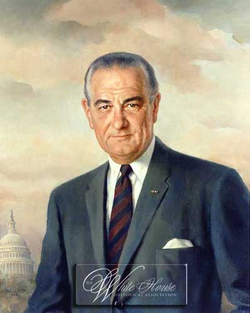
"The ugliest thing I ever saw." -Lyndon B. Johnson
Official White House portrait of Lyndon B. Johnson by Peter Hurd
And then there’s the type of portrait that may not be well-liked in the end due to circumstances entirely beyond the artist’s control. This sculpture portrays the former leggy lady of Victoria’s Secret, Stephanie Seymour. Her husband, Peter Brant, owns it. Soon it may be all he has left of her, as they are getting divorced (messily).
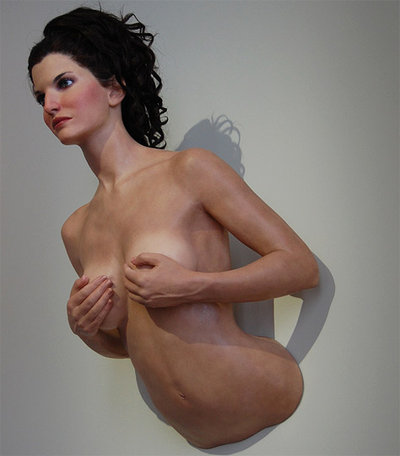
The mounted (simulated) torso of Peter Brant's soon-to-be ex-wife Stephanie Seymour, by Maurizio Cattelan (1 of 3)
Artists creating self-portraits have a better time of it generally (no, we’re not going to get into Van Gogh and his poor old ear, here). Andy Warhol made hundreds of self-portraits during his lifetime. Here’s the last one he made, a few months before his death:
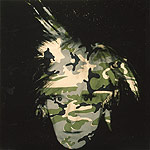
Last Self-Portrait, 1986 Andy Warhol
Frida Kahlo portrayed herself after her divorce from Diego Rivera as two starkly and painfully separate women (that’s a portrait of Diego in the hand of the colorfully dressed Frida):
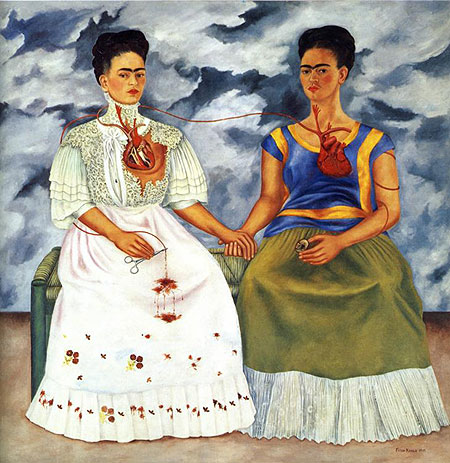
Painting Title: The Two Fridas 1939 Collection of the Museo de Arte Moderno, Mexico City
The artist Kehinde Wiley has taken classic, famous pieces of European portraiture and replaced the original subject (in this case Napoleon) with young unknown African-American men:
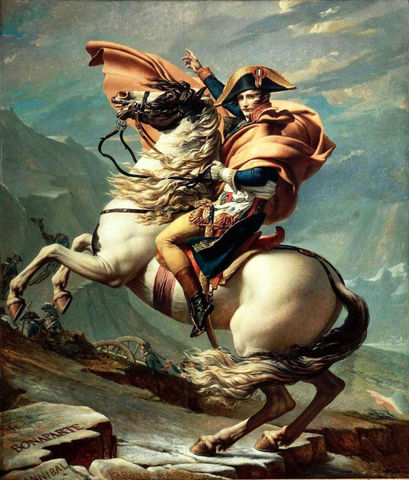
Bonaparte Crossing the Alps at Grand-Saint-Bernard by Jacques-Louis David 1801 (8.5' x 7.25')
Portraits don’t have to be limited to human beings. Here, one of Zatista’s artists, Sam Dolman, captures a cow pausing between chews of cud:
The photographer Rob MacInnis created a series of images using farm animals:
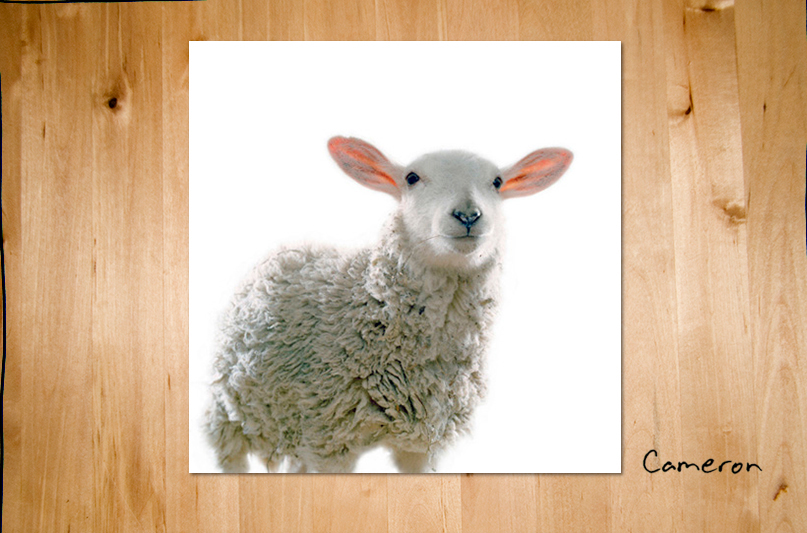
Cameron, by Rob MacInnis


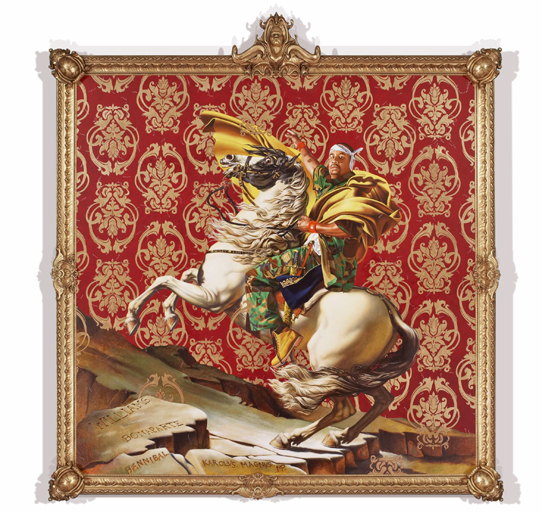
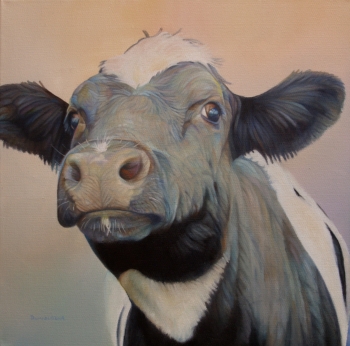
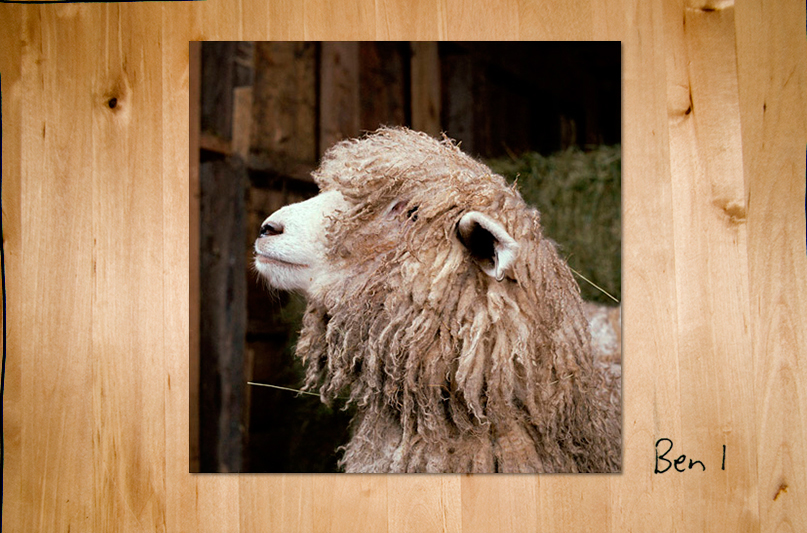
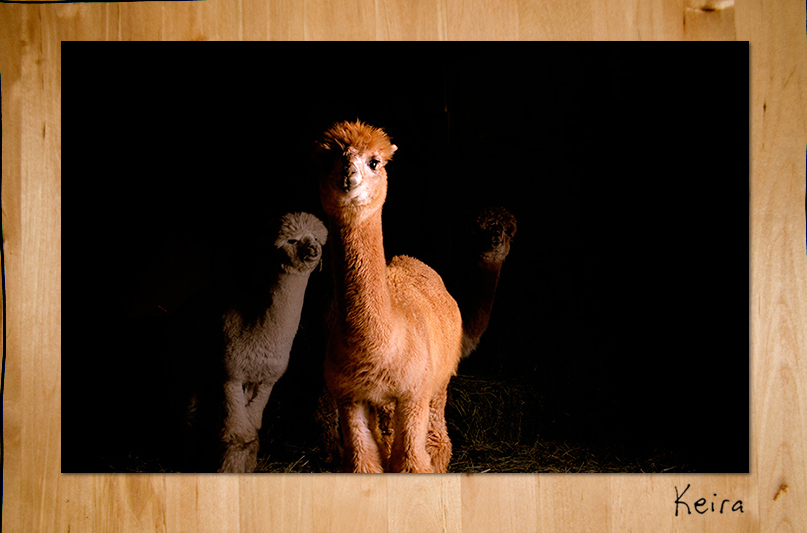
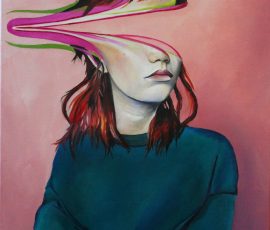
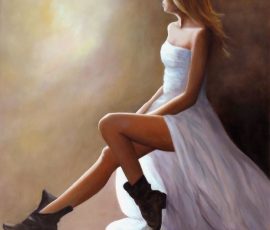
Comments (0)